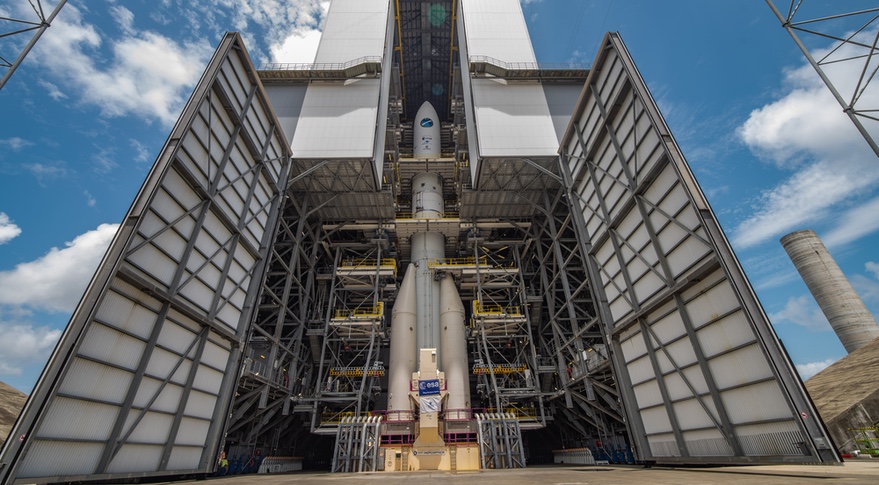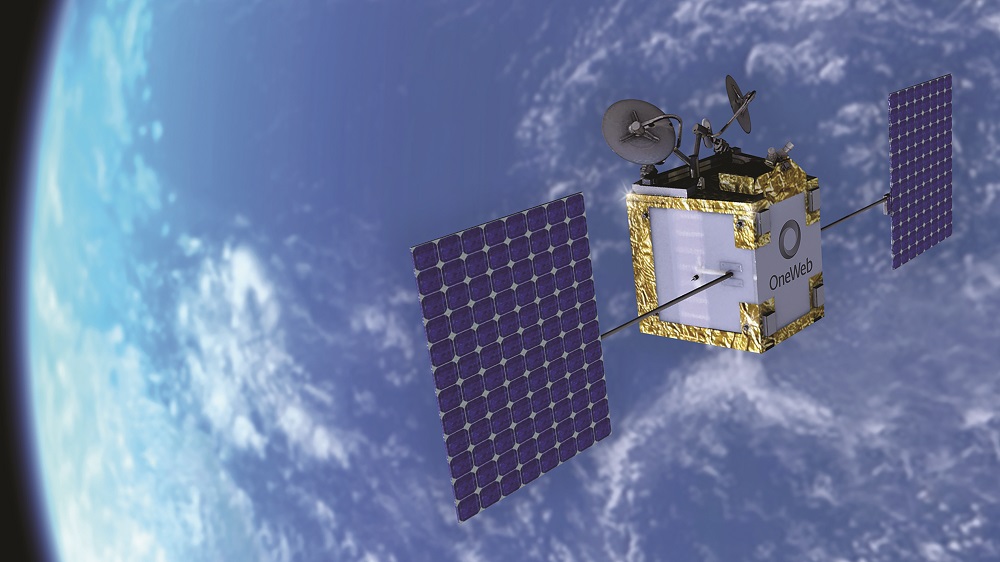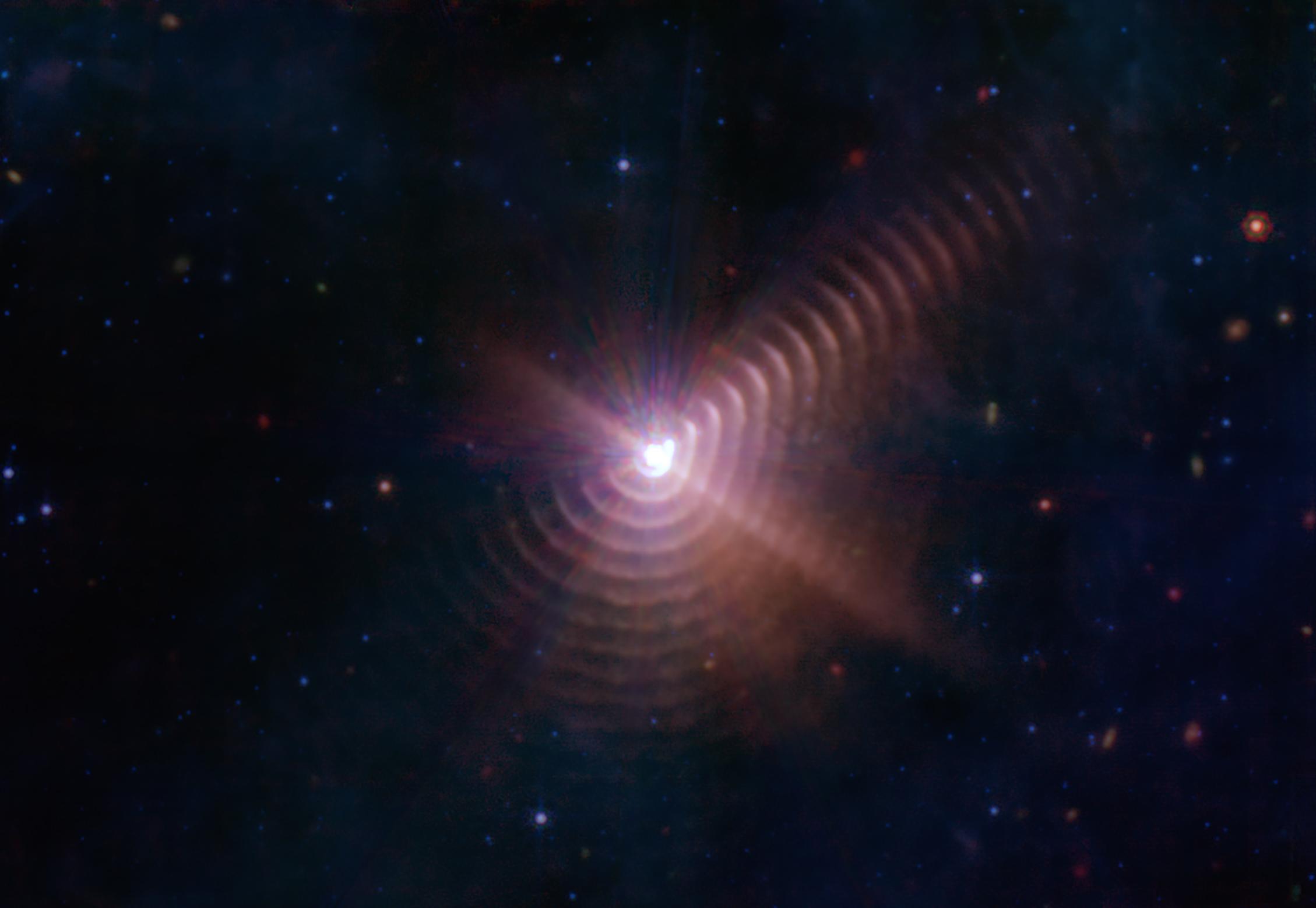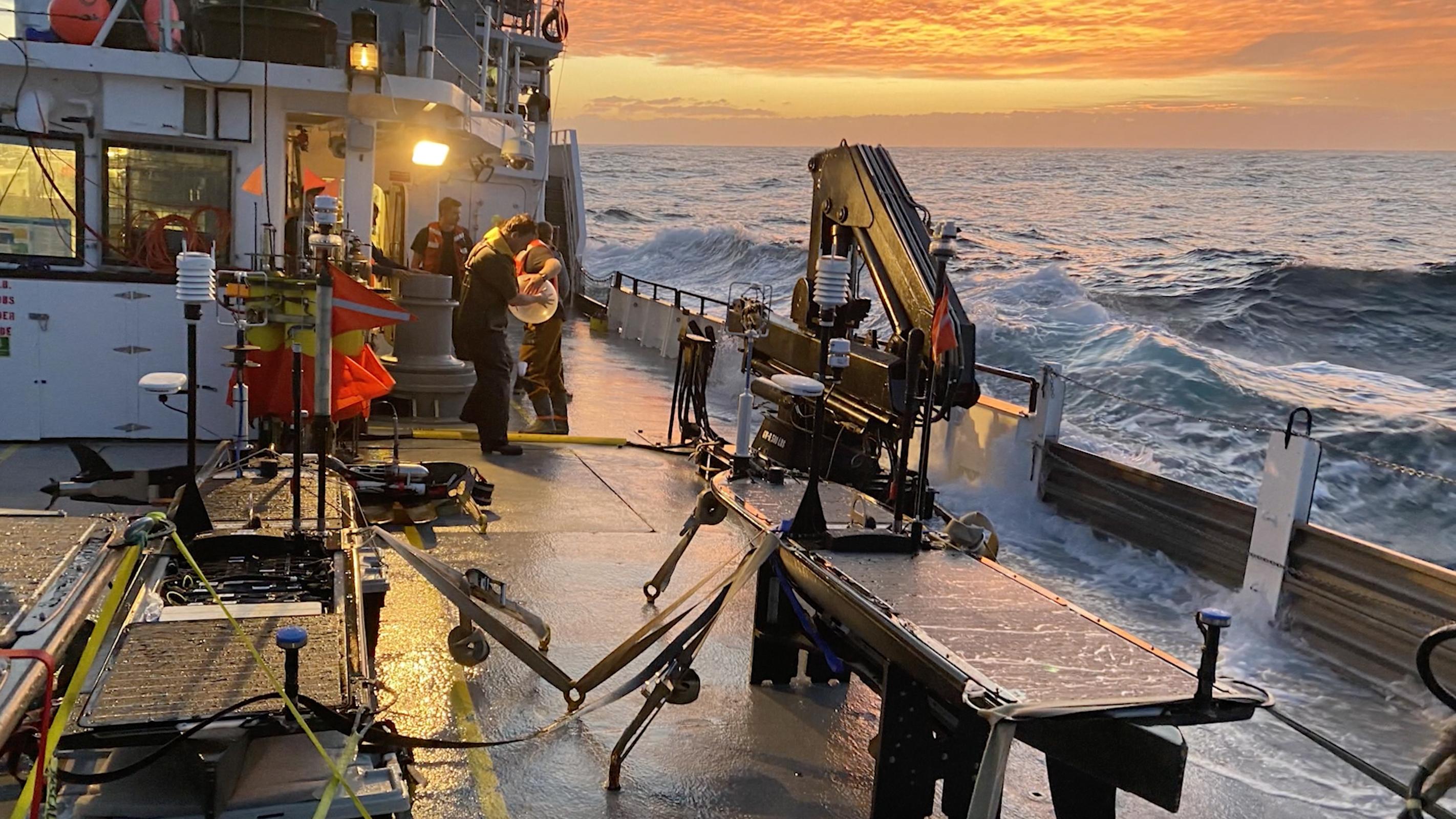Ariane 6 first launch slips to late 2023
Original Publication Date: 2022-10-19 16:55

European Space Agency has again delayed the first flight of Europe's Ariane 6 launch vehicle. The new vehicle makes slow progress to the launch pad. The first flight of the rocket from Kourou, French Guiana, is now scheduled for the fourth quarter of 2023.
Pentagon: It’s up to SpaceX to decide what to do about Starlink in Ukraine
Original Publication Date: 2022-10-18 20:36

Pentagon press secretary: DoD has no comment on Elon Musk's announcement. Musk said SpaceX will continue to pick up the tab for Starlink satellite internet service in Ukraine. Musk said 25,300 terminals were sent to Ukraine but only 10,630 are paying for service.
Relativity Space expands engine test facilities at Stennis
Original Publication Date: 2022-10-20 08:03

Relativity Space will expand its engine test site at NASA's Stennis Space Center. Relativity said Oct. 18 it will build test stands, office buildings and a vehicle hangar. The facilities will be used for testing of its Aeon R engine for its Terran R reusable launch vehicle.
Space Force briefing on military space race catches Jeff Bezos’ attention
Original Publication Date: 2022-10-19 22:38

U.S. Space Systems Command officials gave an unclassified briefing to Blue Origin founder Jeff Bezos. The briefing was conducted by SMSgt. Ron Lerch, senior enlisted leader of Space Systems Command’s intelligence directorate. Lerch said it is remarkable how much information can be obtained from open sources.
Starlink taking preorders for high-speed private jet broadband service
Original Publication Date: 2022-10-19 21:53

SpaceX has started accepting $5,000 deposits for Starlink Aviation and expects to begin deliveries in 2023. Starlink Aviation will cost between $12,500 and $25,000 per month to deliver up to 350 megabits per second. Jet service provider JSX has said it plans to offer Starlink on its planes this year.
UK defense committee calls for thorough Eutelsat/OneWeb review
Original Publication Date: 2022-10-19 21:11

U.K.-based OneWeb and France’s Eutelsat’s planned merger requires “strictest possible scrutiny,” officials say. Cross-party group of British government officials say U.K. Has become a “third-rank” power in space. Committee also calls for creating a high-level government post to provide clear centralized “direction and accountability”
NASASpaceFlight.com
The SSLV or Small Satellite Launch Vehicle conducted its launch debut from Sriharikota, India on Sunday, August 7 at 03:48 UTC. The SSLV program’s genesis was a December 2015 National Institute of Advanced Studies proposal to create a “Small Satellite Launch Vehicle-1” to launch small national security payloads on demand.
Commercial Archives
Ariane 6, Europe's new heavy-lift launcher, has slipped once again to a no-earlier-than 2023. News of the delay came from ESA, CNES, ArianeGroup, and Arianespace officials. Officials declined to define what caused the most recent multi-month delay.
International Archives
Ariane 6 is Europe's new heavy-lift launcher. Officials declined to define what caused the most recent multi-month delay to the debut flight. Officials reiterated past issues that were already accounted for before the most-recent launch delay and declined to provide anything further. The debut flight is now set for the last quarter of 2023.
Chinese Long March 3B Launches APStar-6C Communications Satellite – Spaceflight101

China conducted a rare commercial launch of a Long March 3B rocket with the APStar-6C communications satellite for APT Satellite Holdings. Long March 3B lifted off from the Xichang Satellite Launch Center at 16:06 UTC on a mission of under half an hour to lift the spacecraft into an elliptical Geostationary Transfer Orbit. Replacing APStar-6, launched in 2005, the APStar- 6C satellite will deliver VSAT services, video distribution, Direct-to-Home television and high-throughput cellular backhaul.
Blue Origin’s New Shepard Reaches new Heights in latest Test Flight – Spaceflight101

Blue Origin's reusable New Shepard launch system reached new heights in a test designed to expand the vehicle’s operational envelope by sending it to a peak altitude of 107 Kilometers. Sunday’s flight marked the second for this particular set of hardware, following up on the successful December 2017 mission that debuted “Crew Capsule 2.0” Sunday’s mission was the eighth in Blue Origin’s New Shepard flight test program that was off to a bumpy start in 2015.
ISS Updates – Spaceflight101 – International Space Station

A veteran NASA spacewalker and an EVA rookie from Japan ended their week with nearly six hours of work outside the International Space Station. The restoration of the Station’s Mobile Servicing System started last year and continued in January to provide Canadarm2 with a new pair of grappling hands.
Featured – Spaceflight101

A SpaceX Falcon 9 takes to the skies over Florida’s Cape Canaveral Monday afternoon. The flight-proven Dragon spacecraft will deliver science gear, supplies and maintenance hardware to the International Space Station. It is the first of at least six cargo ships inbound to the U.S. Segment of ISS this year.
News – Spaceflight101

Europe's Copernicus satellite fleet is gearing up for the arrival of its next addition on Wednesday. A Russian Rockot booster set to blast off from the Plesetsk Cosmodrome at 17:57 UTC with the Sentinel-3B multi-function satellite.
Re-Entry: Long March 11 Rocket Body – Spaceflight101

The CZ-11 fourth stage used leftover propellant for a partial de-orbit maneuver, lowering its perigee to 120 Kilometers to significantly accelerate its orbital decay. It is reportedly built around a YF-50 main engine and in a nominal mission conducts the orbital circularization.
Sounding an Early Alarm on Coral Reef Disease – Climate Change: Vital Signs of the Planet

Scientists and reef managers can use this information to take preventative action. The project focuses on the Pacific Ocean — Hawaii, Guam and the Marianas, American Samoa, the Great Barrier Reef, and other remote Pacific islands. It is available as part of a suite of short-term forecasting tools from NOAA Coral Reef Watch.
NASA Telescope Takes 12-Year Time-Lapse Movie of Entire Sky

CatWISE is a catalog of objects from 12 NEOWISE all-sky maps. Researchers use the catalog to study brown dwarfs, a population of objects found throughout the galaxy and lurking in the darkness close to our Sun. Because of their proximity to Earth, nearby brown dwarfs appear to move faster across the sky compared to more distant stars moving at the same speed.
Star Duo Forms ‘Fingerprint’ in Space, NASA’s Webb Finds

Wolf-Rayet stars may have played a role in star and planet formation. When a Wolf-Rayet star clears an area, the swept-up material can pile up at the outskirts and become dense enough for new stars to form. There is some evidence the Sun formed in such a scenario.
NASA’s Mars Mission Shields Up for Tests

Micrometeorites are a potential hazard for any space mission. At these speeds, “even dust could cause damage to a spacecraft,” said Bruno Sarli. Sarli leads a team designing shields to protect NASA’s Mars Earth Entry System from micrometeorites and space debris.
NASA Dust Detective Delivers First Maps From Space for Climate Science

EMIT traces its roots to imaging spectrometer technology that NASA’s Airborne Imaging Spectrometer (AIS) first demonstrated in 1982. The instrument’s technology is laying the groundwork for the future Surface Biology and Geology (SBG) satellite mission. EMIT’s data also will be freely available for a wide range of investigations, including the search for strategically important minerals.
NASA Study Suggests Shallow Lakes in Europa’s Icy Crust Could Erupt

NASA is sending the Europa Clipper spacecraft to Jupiter’s moon Europa. There is strong evidence that under a thick crust of ice, the moon harbors a global ocean that could potentially be habitable. The spacecraft will orbit Jupiter and use its suite of sophisticated instruments to gather science data.
NASA’s S-MODE Field Campaign Deploys to the Pacific Ocean

Some of the coolest images of ocean sub-mesoscale eddies come from photographs taken on the Apollo spaceflight missions. Such features are challenging to analyze because, spanning up to 6.2 miles (10 kilometers), they are larger than any vessel. Infused with energy, they can change within hours.
